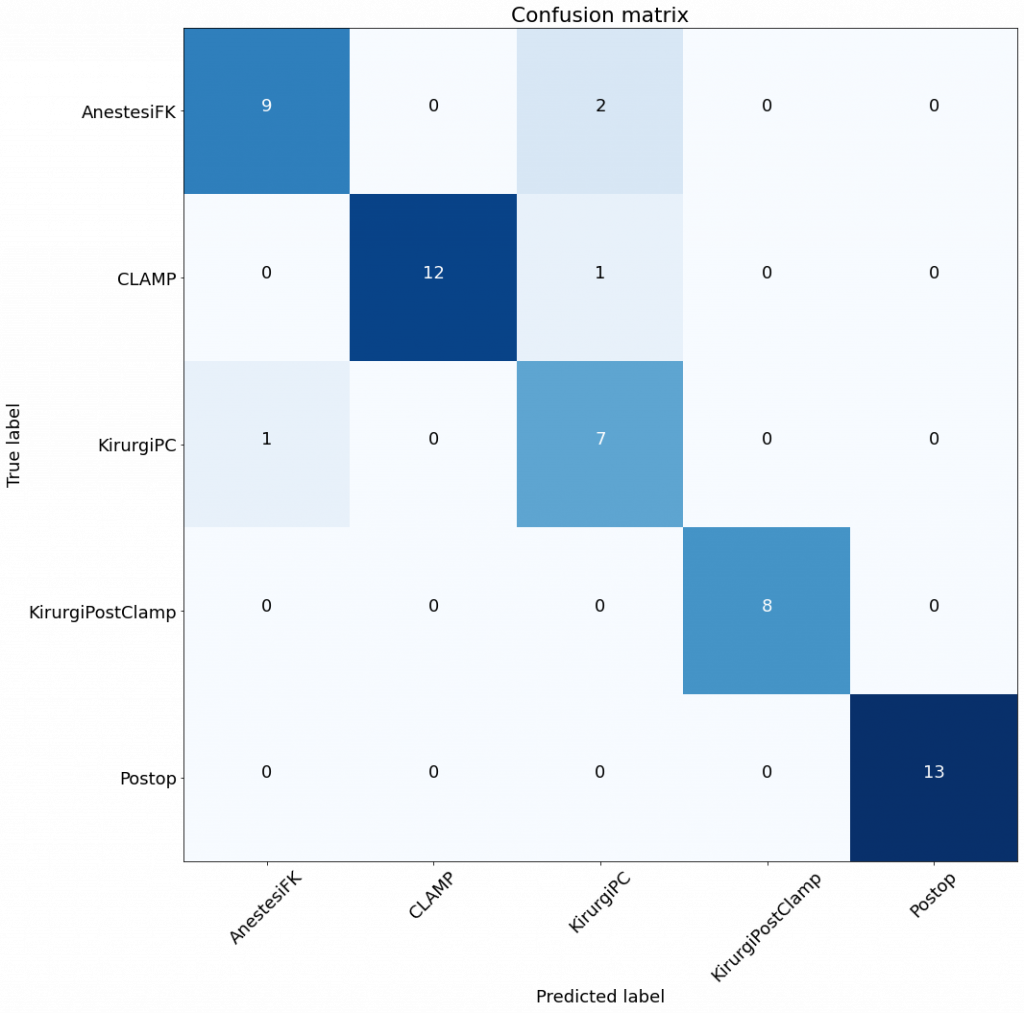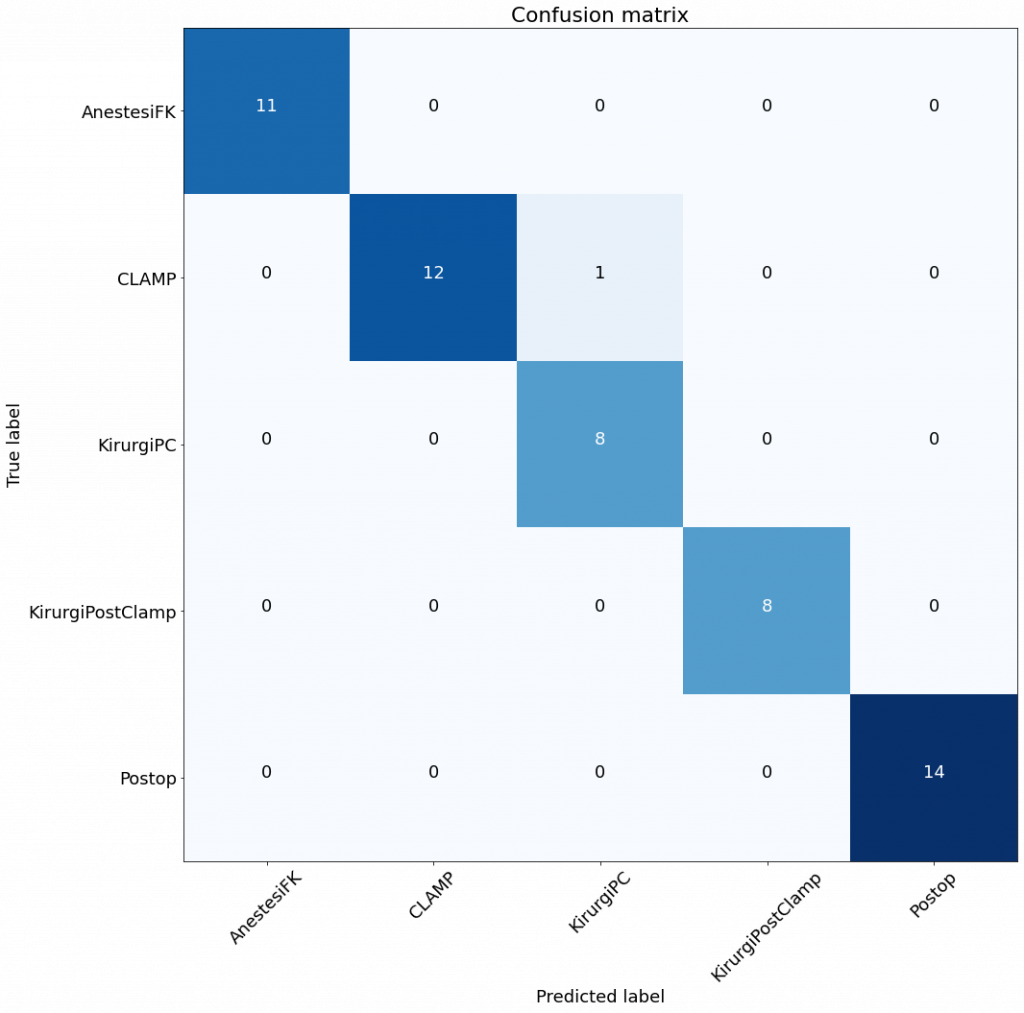Open: The Story of Human Progress : Norberg, Johan: Amazon.se: Böcker
Progress and innovation are very important for the development of our societies. Software engineers are focused on the progress in technology, software, frameworks, and the ways to develop software.
This book is about openness and closeness in modern society. It is a story showing how we benefit from being open and collaborative. I could not stop myself from making parallels to the original work about open software – “The Cathedral and The Bazaar” by Eric Raymond. Although a bit dated, the book opened my view on the open source movement.
We take for granted that we have Linux, GitHub, StackOverflow and all other tools for open collaboration, but it wasn’t always like that. The world used to be full of proprietary software and software engineers were people who turned requirements into products. It was the mighty business analysts who provided the requirements.
Well, we know that this does not work like that. Software engineers are often working on product – they take ownership of these products, they feel proud to create them. It turns out that the openness is the way to go here – when software engineers share code, they feel that they contribute to something bigger. When they keep the code to themselves, … well, I do not know what they feel. I like to create OSS products, docker containers and distribute them. Kind of feels better that way!










